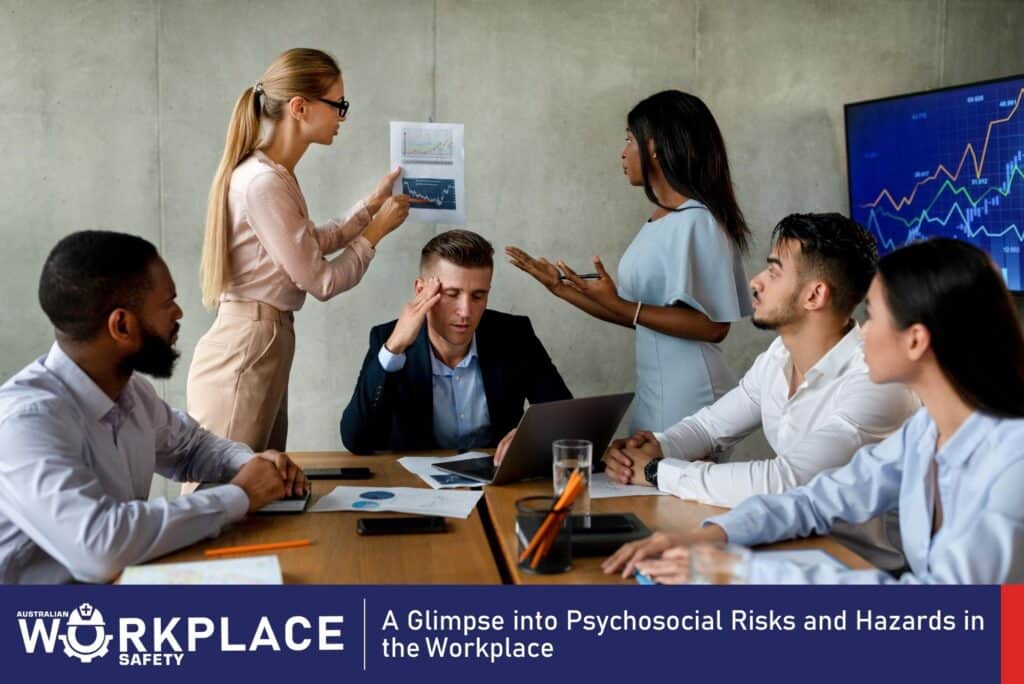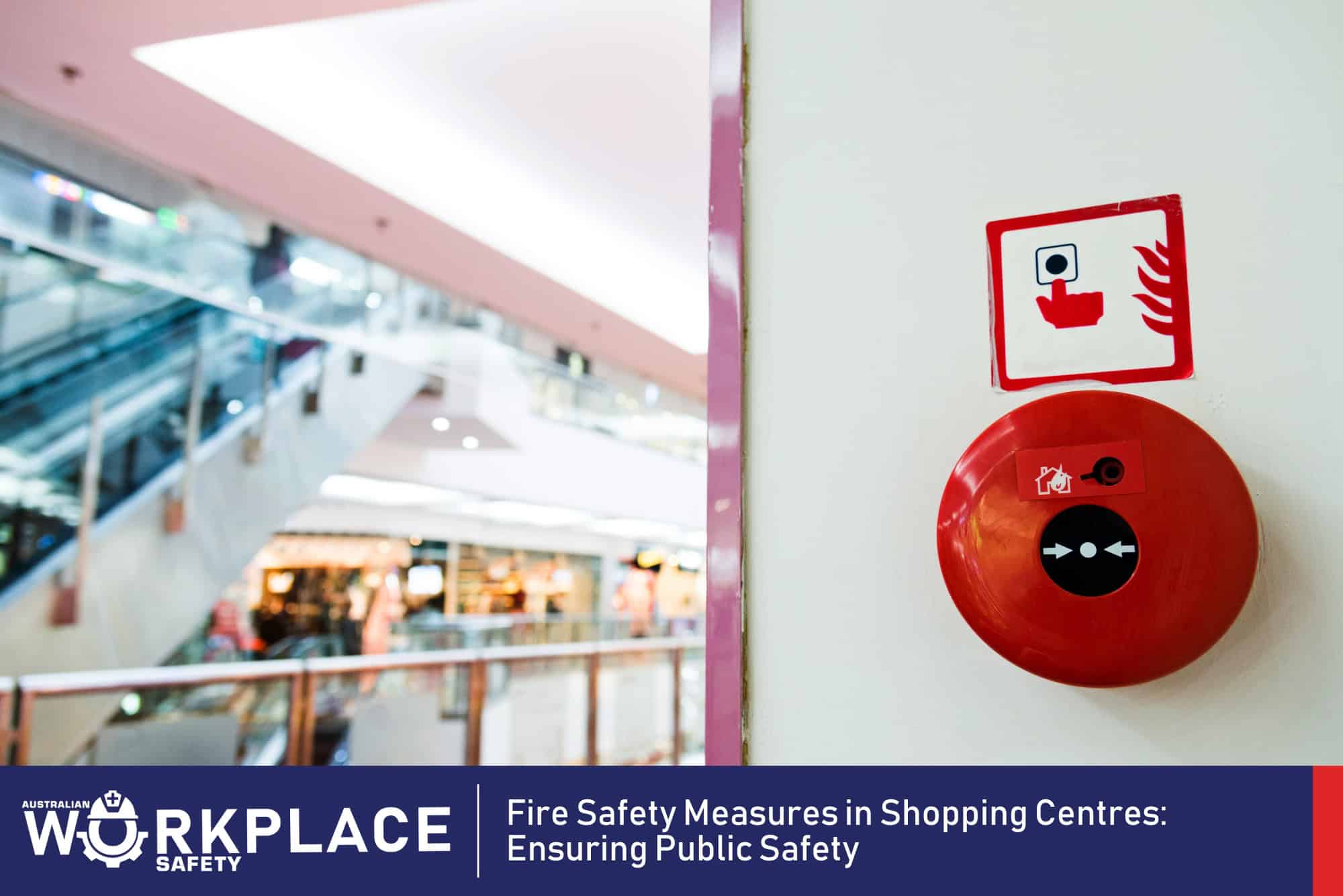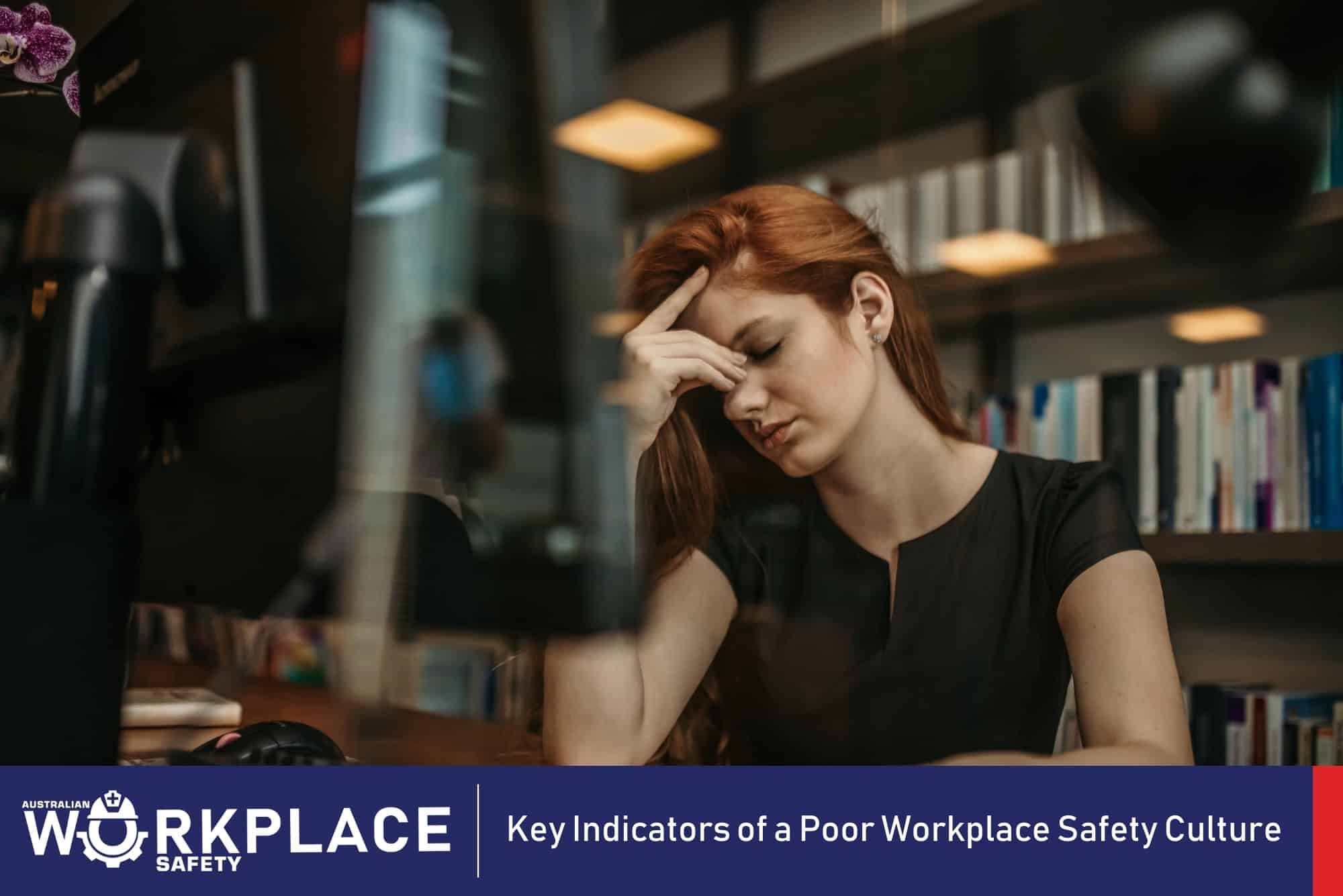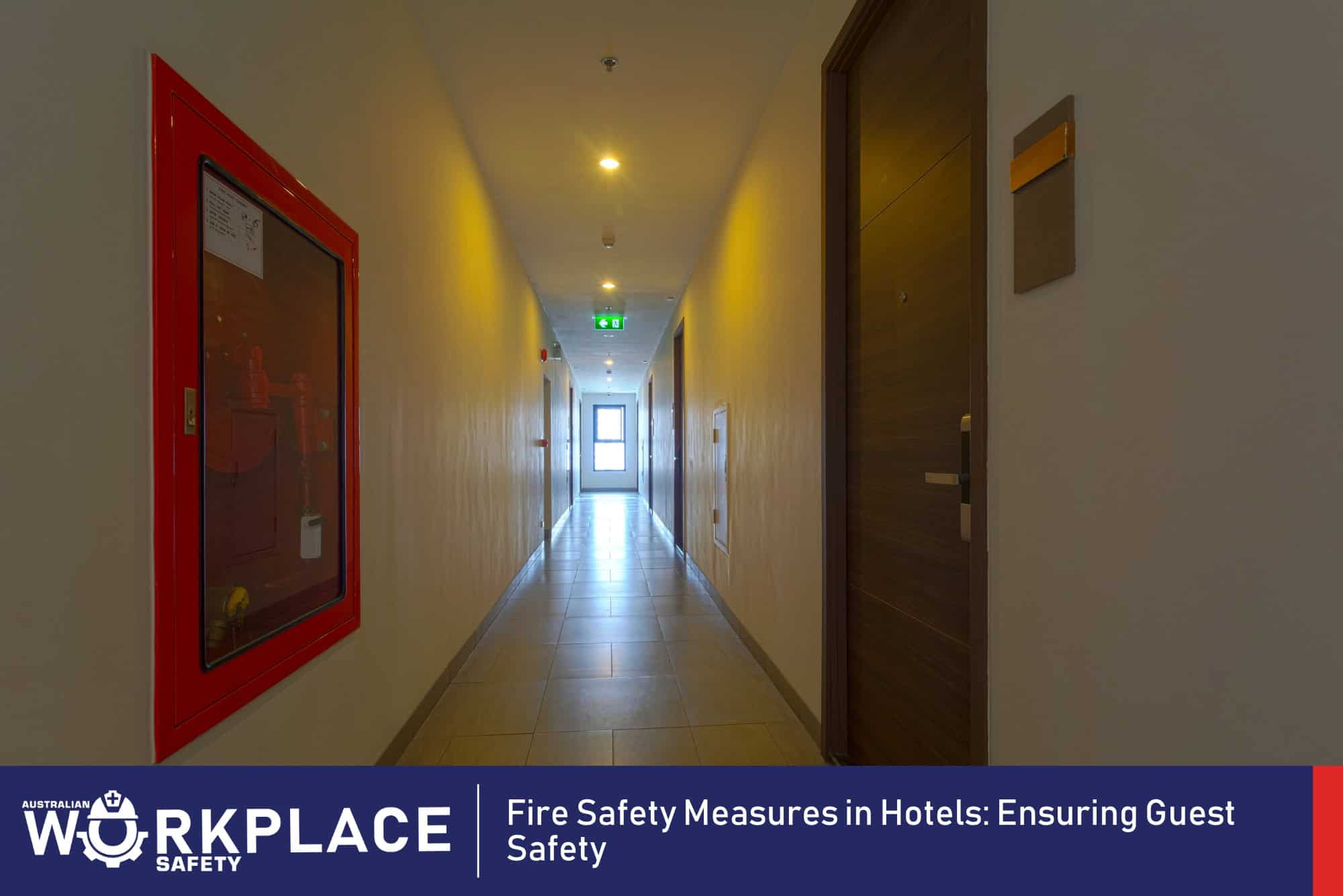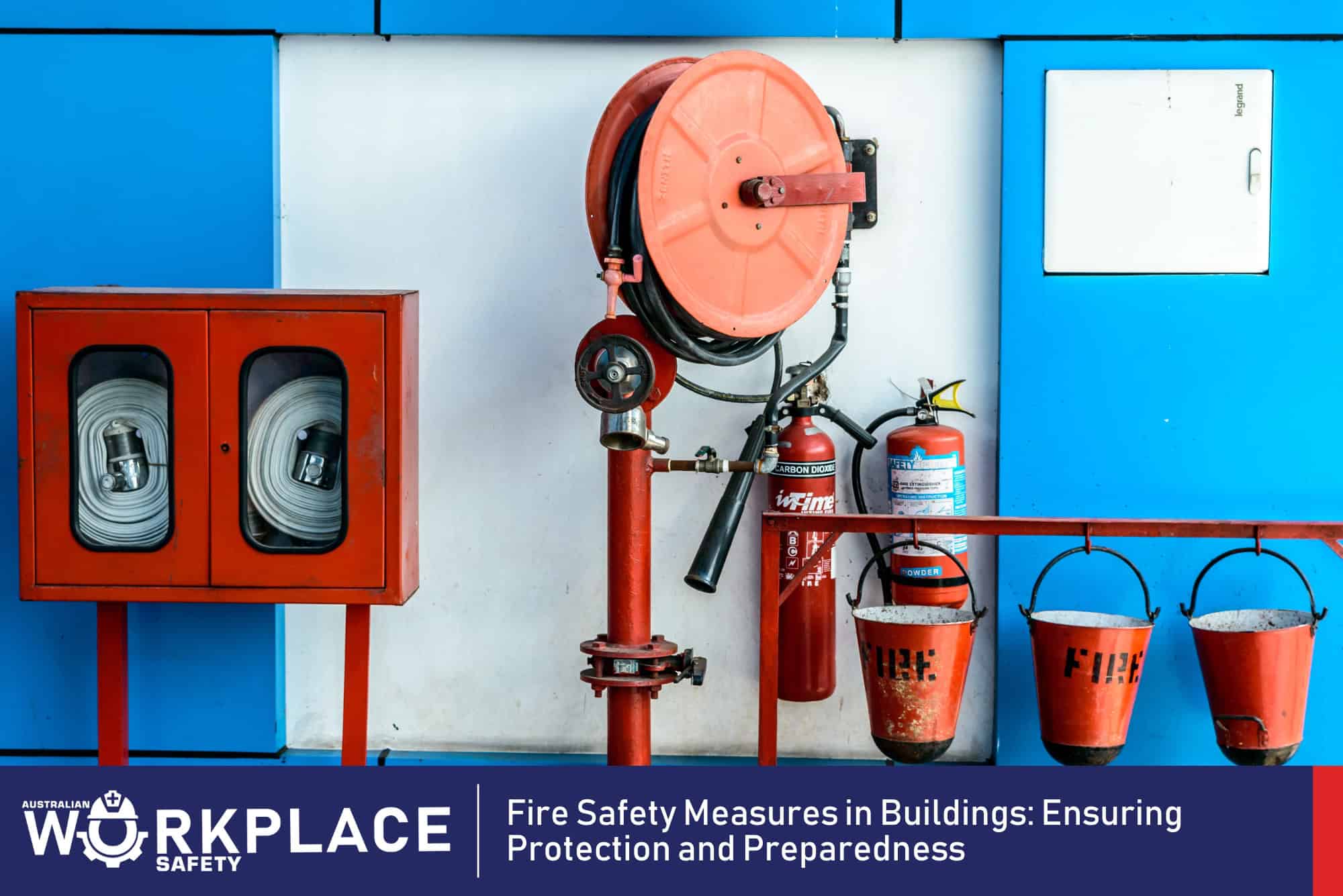Understanding the psychosocial workplace stresses
More and more, the issues around Psychosocial incident reports are lodged in the workplace and are causing uncertainty amongst management and the workers. Whilst some workplaces have put this matter in the too hard basket, ignoring it is not the way to go as it is a requirement of the WHS legislation that policies and procedure need to be in place to ensure compliance. Let’s try to simplify this.
Work Safe QLD stated that “Psychosocial hazards are anything in the design or management of work that increases the risk of psychological or physical harm.”
SafeWork NSW stated that “Psychosocial hazards at work are aspects of work and situations that may cause a stress response which in turn can lead to psychological or physical harm.”
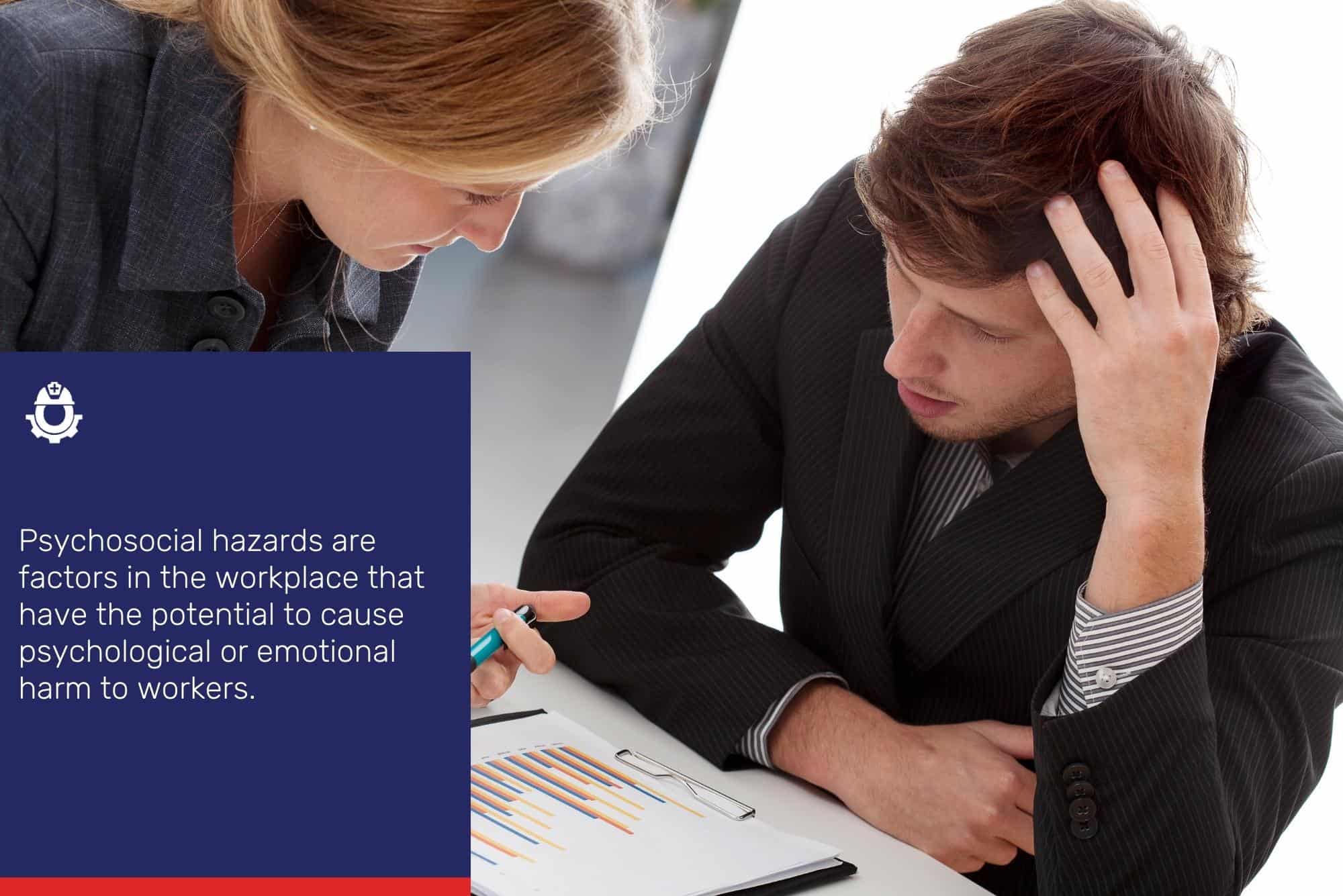
The Management of Psychosocial Hazards at Workplace
Psychosocial hazards are factors in the workplace that have the potential to cause psychological or emotional harm to workers. They can include things like high job demands, low job control, workplace violence, bullying or harassment, and poor social support, among others.
Managing psychosocial hazards at work involves, identifying and assessing these hazards,
implementing appropriate controls to mitigate or eliminate them, and monitoring the effectiveness of those controls.
It also involves promoting a positive work culture that fosters psychological safety, respect, and support for workers’ mental health and wellbeing.
The PCBU have a legal obligation to provide a safe and healthy work environment for their workers, which includes protecting them from psychosocial hazards. Failure to do so can lead to negative consequences for both workers and the workplace, including decreased productivity, increased absenteeism and turnover, and legal liability.
Preventative Strategies
Preventing psychosocial hazards in the workplace involves taking a proactive approach to identify and address potential sources of harm.
Here are some strategies that can help:
Conduct a workplace risk assessment
This involves identifying potential sources of psychosocial hazards in the workplace, such as high workload, job insecurity, or workplace violence. A risk assessment should also consider the workers’ vulnerability to these hazards and their potential impact on their mental health and wellbeing.
Implement controls
Once the psychosocial hazards are identified, develop and implement controls to prevent or minimise their impact. This might involve training workers on stress management techniques, developing workplace policies to prevent bullying and harassment, or providing workers with access to mental health resources and support.
Foster a positive work culture
A positive work culture is one where workers feel valued, supported, and respected. This can be achieved by promoting open communication, offering opportunities for professional growth and development, recognising worker contributions and creating a sense of community in the workplace.
Monitor and evaluate
Regular monitoring and evaluation processes are essential to ensuring the effectiveness of the controls implemented to prevent psychosocial hazards. This might involve conducting regular surveys or focus groups with workers to gauge their satisfaction and wellbeing, reviewing incident reports and absenteeism data and revising workplace policies and procedures as necessary.
By taking a proactive approach to preventing psychosocial hazards in the workplace, workplaces can create a safe and healthy work environment that supports worker mental health and wellbeing.
Reversing the impact of Psychosocial Hazards
Reversing the effects of psychosocial hazards in the workplace can be a challenging process that requires a multifaceted approach.
Here are some strategies that can help:
Provisional support
Workers who have been impacted by psychosocial hazards may require support to help them recover. This might involve offering access to counselling or worker assistance programs (EAPs), providing flexible work arrangements or time off to address their mental health needs, or connecting them with external resources as necessary.
Address the Root Causes
It’s important to address the root causes of the psychosocial hazards in the workplace to prevent them from reoccurring. This might involve conducting a thorough investigation into the underlying issues, engaging in open and transparent communication with workers about the situation, and implementing changes to workplace policies, procedures, and culture to prevent similar incidents from happening in the future.
Promote a positive work culture
A positive work culture can help to reverse the negative effects of psychosocial hazards by fostering a sense of community, respect, and support in the workplace. This might involve promoting open communication, encouraging collaboration and teamwork, recognising worker contributions, and offering opportunities for professional growth and development.
Monitor and evaluate
Regular monitoring and evaluation can help to ensure that the strategies implemented to reverse the effects of psychosocial hazards are effective. This might involve tracking worker wellbeing metrics, conducting regular surveys or focus groups with workers to gauge their satisfaction, and reviewing incident reports and absenteeism data.
By taking a comprehensive approach that addresses the root causes of psychosocial hazards, provides support to affected workers, and promotes a positive work culture, workplaces can work to reverse the negative effects of these hazards and create a safe and healthy work environment.
Education and Training
Education and training can be an effective strategy for preventing and addressing psychosocial hazards in the workplace.
Here are some types of education and training that can be helpful:
Awareness Training
This type of training can help workers and managers to recognise the signs and symptoms of psychosocial hazards, such as stress, bullying, or harassment. It can also help them to understand the impact of these hazards on their mental health and wellbeing.
Stress Management Training
Stress is a common psychosocial hazard in the workplace, and stress management training can help workers to develop coping skills and strategies for managing stress effectively. This might include mindfulness techniques, time management skills, or other stress-reducing practices.
Diversity and inclusion training
Workplace discrimination and harassment can be a significant source of psychosocial hazards. Diversity and inclusion training can help workers to understand and respect different cultures, backgrounds and perspectives, and promote a more inclusive and respectful workplace culture.
Mental health first aid training
Mental health first aid training can help workers to recognise and respond to mental health issues in the workplace, such as depression, anxiety, or substance abuse. It can also help to reduce stigma around mental health issues whilst it promotes a more supportive workplace culture.
Conflict resolution training
Conflict in the workplace can be a significant source of stress and psychosocial hazards. Conflict resolution training can help workers and managers to manage and resolve conflicts effectively, and promote a more positive and collaborative workplace culture.
By providing education and training on these topics, workplaces can help to prevent psychosocial hazards in the workplace, promote worker mental health and wellbeing, and create a more positive and supportive workplace culture.
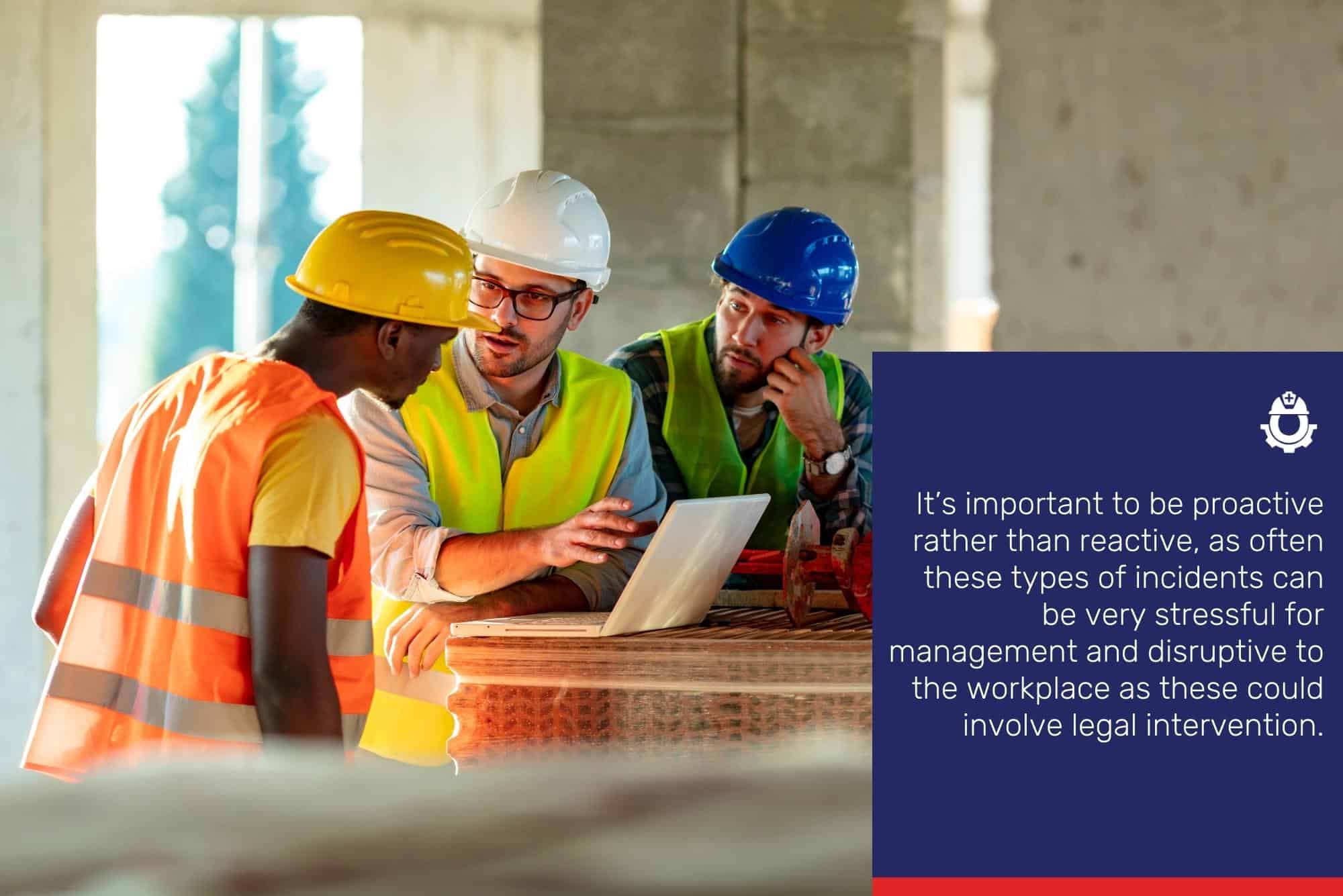
Conclusion
It’s important to be proactive rather than reactive, as often these types of incidents can be very stressful for management and disruptive to the workplace as these could involve legal intervention.
“If you put good people in bad systems, you get bad results. You have to water the flowers you want to grow.”
— Stephen Covey
